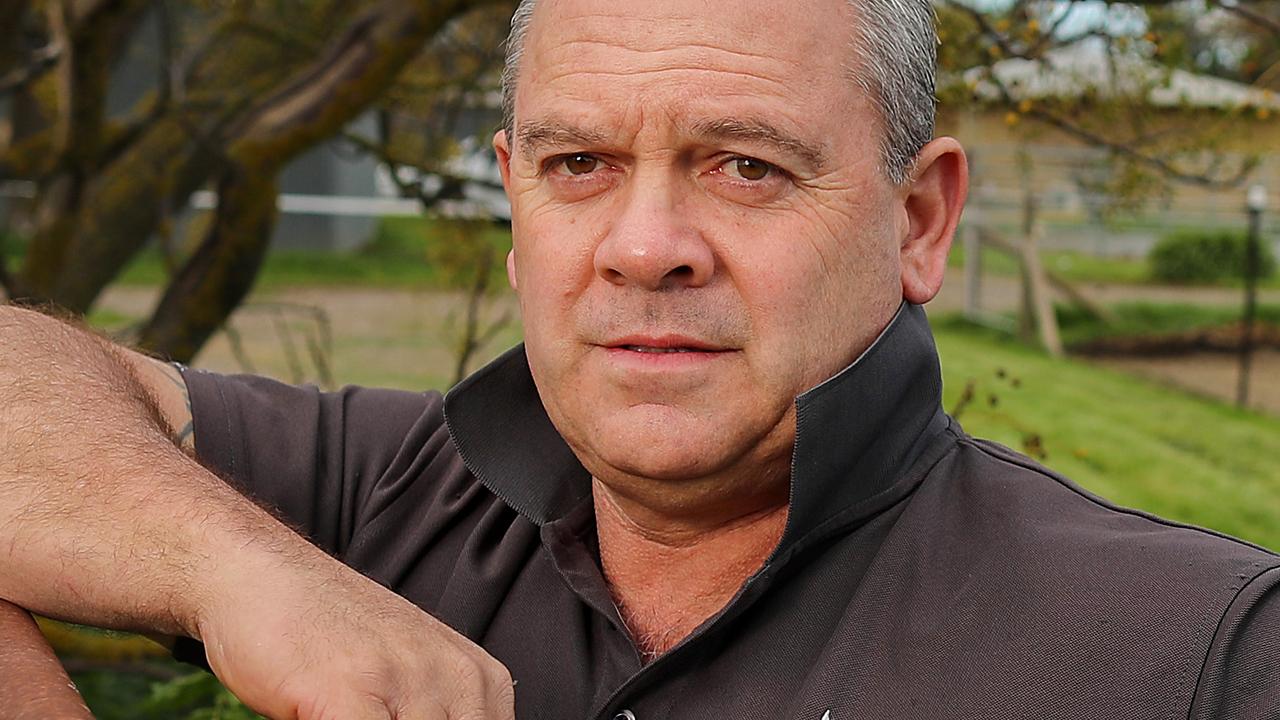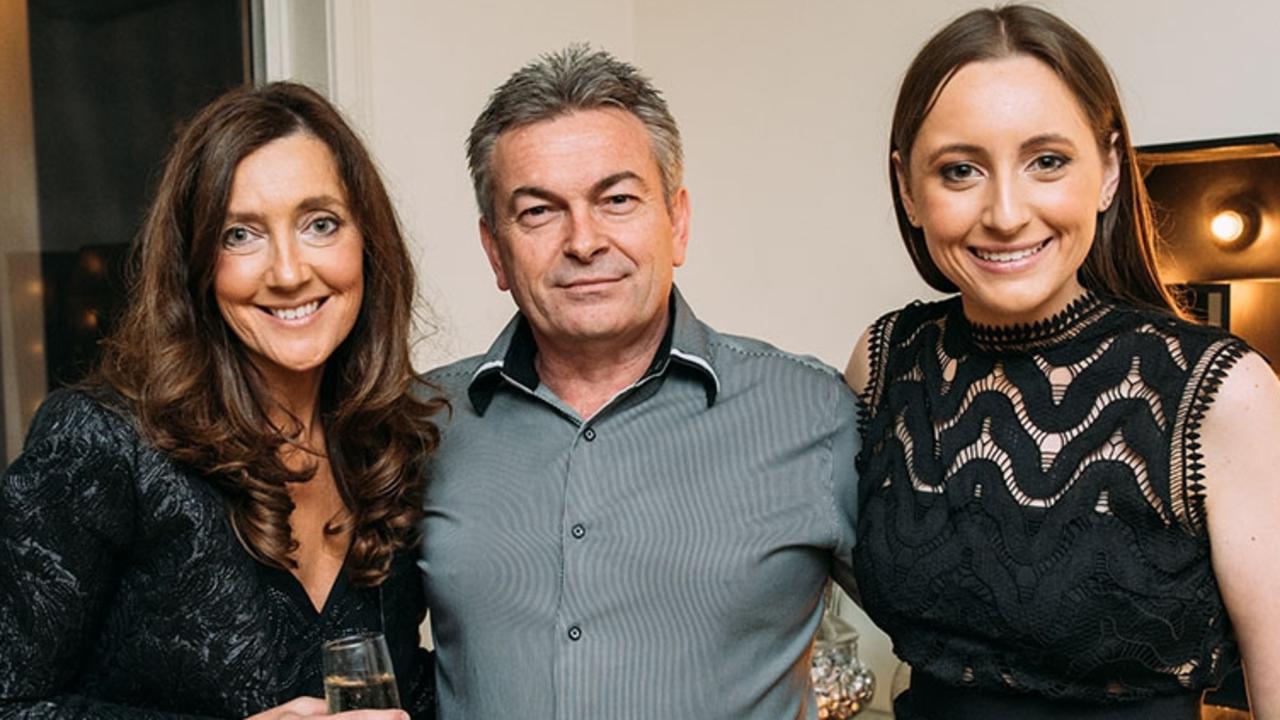Andrew Rule: The idea of Australia welcoming criminal exiles did not die out with the convicts
Over the years we’ve welcomed the likes of granny serial killer John Wayne Glover, brutal gangster Nik ‘The Russian’ Radev and the monster who killed little Sheree Beasley. Australia really is a sucker for importing bad guys, writes Andrew Rule.
Andrew Rule
Don't miss out on the headlines from Andrew Rule. Followed categories will be added to My News.
Look at crime long enough and you see patterns.
One pattern that no-one in government wants to see is that Australia is a sucker for importing bad people.
History books tell us the last convicts landed in Fremantle in 1868. The last of them, one Sam Speed, lived until 1938. But the idea of the Mother Countries getting rid of people by exiling them to the colonies didn’t die out with leg irons and sailing ships.
Plenty of worse people than Sam Speed and his fellow thieves got to Australia (and New Zealand) in relatively recent times. Not all came from Britain and Ireland. We are an equal opportunity destination for criminals of all denominations.
The examples would fill a book. In the case of the murderous Calabrian mafia, some already have.
Life and Crimes with Andrew Rule podcast: iTunes, web or Spotify
Reginald Edward Isaacs
Isaacs, son of a churchgoing couple from Bristol, was shipped to Victoria after the British Army discharged him on “medical grounds” in 1948. This was code for sex offences.
Four years later Isaacs’ parents, sister and brother followed him to Geelong, where they led blameless lives. But they knew their Reg was a dangerous pervert: he was arrested for molesting a young boy that year, then committed steadily worse offences.
In 1974, less than two years after getting out of jail for raping a boy, Isaacs was arrested near Meredith. He led police to the body of Greg Cowie, a schoolboy abducted the day before near Ballarat.
Isaacs was jailed for life — which wasn’t long. On April 30, 1975, he was found dead with towelling tied around his neck in his Pentridge cell.
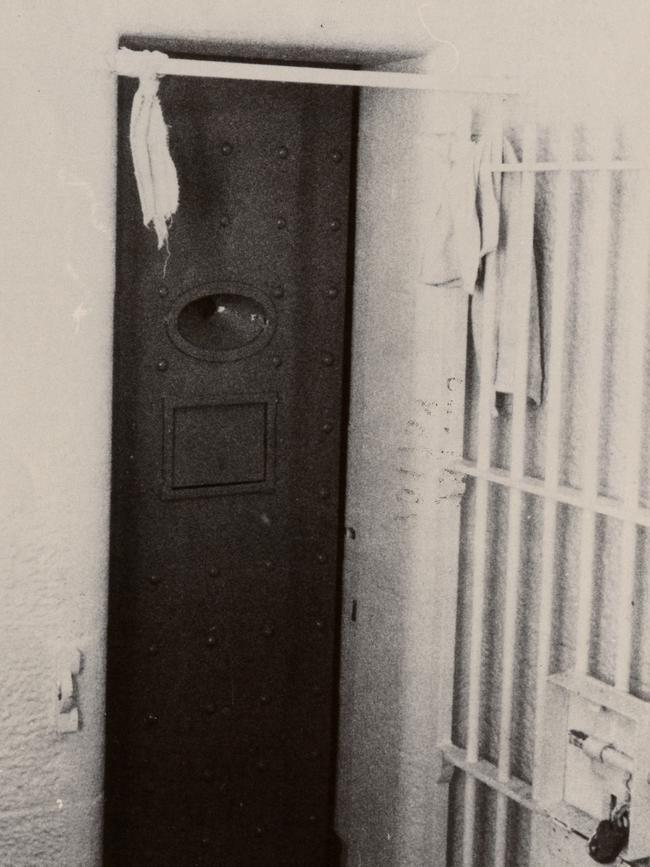
Some 38 years later, dying standover man Mark “Chopper” Read said he and another prisoner killed Isaacs. The policeman who arrested Isaacs believes that’s true — and regrets it happened because he wanted to interview him about other crimes.
The jailhouse “suicide” cost at least one family any chance of solving the disappearance and murder of their 12-year-old boy, John Landos, who vanished near Lorne in early 1973.
Police found that Isaacs was working locally at the time and had probably picked up the boy on the road. John was never seen again. The Landos family did not know for decades that Isaacs was the prime suspect because of the similarity to Greg Cowie’s murder.
Robert Arthur Selby Lowe
As the Landos family knew, the terrible thing about child murders is that the best they can expect is to find a body.
At least Sheree Beasley’s family eventually got to bury their little girl’s remains long after the six-year-old was abducted in a Rosebud street in June, 1991.

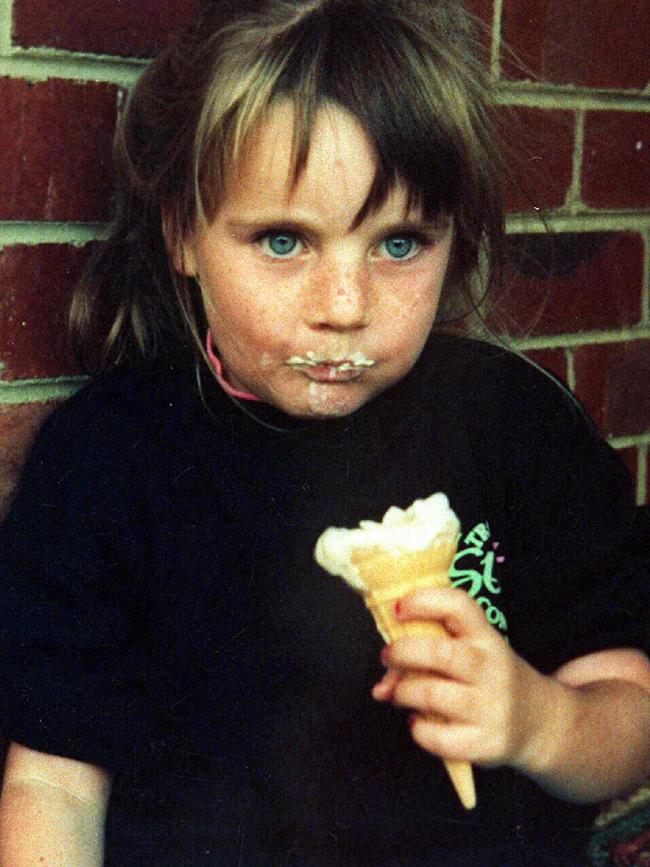
In April 1992, a churchgoing travelling salesman with a long history of sex offences told his psychotherapist Margaret Hobbs what she already suspected: that he had abducted Sheree.
The creepy “client”, Robert Arthur Selby Lowe, got Hobbs to drive him past where he’d hidden the little body in a drainpipe at Red Hill.
Detectives tipped off by Hobbs were watching but could not arrest Lowe until they had more evidence.
Lowe was finally arrested almost two years after Sheree’s abduction.
The investigators found out he had been born to a prosperous and religious family in Yorkshire. But they had left that life to migrate to New Zealand after the teenage Robert’s offending was exposed.
Lowe’s godfather, a leading Presbyterian, would become a chaplain to the Queen. Lowe, meanwhile, was getting arrested for strange sex offences. He did jail in New Zealand before being moved on again to save his family’s embarrassment.
Despite his disturbing record in two countries, Australia welcomed him.
While his brothers were successful and respected, Robert Lowe faked respectability to mask his sick fantasies. He was the modern equivalent of the “remittance men” quietly spirited to the colonies in the past to cover up scandal and disgrace.
Lowe drifted from job to job. After marrying a religious and naive young woman, he became a church elder, junior cricket coach and Sunday school teacher. But he led a double life, and was regularly caught committing sex offences.
After Lowe’s arrest for abducting and killing Sheree Beasley, the extent of his dark past was exposed. It was an indictment on the system that he had been accepted without question. But there were others.
The Granny Killer
Such as John Wayne Glover, also an English migrant with a record that should have rung warning bells.
Glover was smooth, good looking and made friends easily. A woman who knew him in Melbourne in the early 1960s, “Jackie”, recalled this week that Glover always wore soft-soled shoes that let him approach silently.
Not that Jackie thought anything of it until after an old woman named Irene Kiddle was murdered at Windsor, near where Jackie lived in a Hawksburn boarding house.
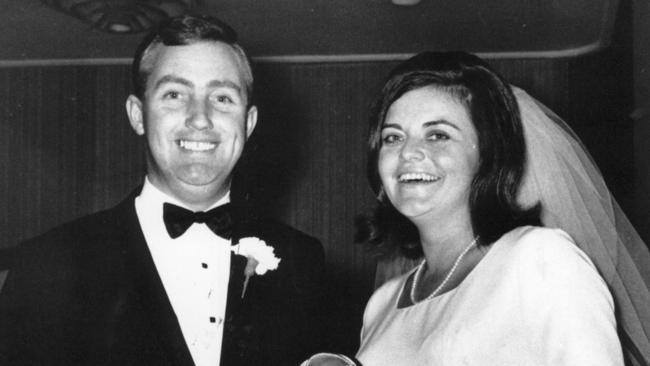
One of Jackie’s friends, Cathy, was going out with Glover. This prompted a friendly policeman to show the young women Glover’s criminal record, warning them he was a Jekyll & Hyde character suspected of murder.
Unfortunately, this didn’t stop the confused “Cathy” from giving Glover an alibi for the night Irene Kiddle was murdered in March, 1963.
Mrs Kiddle wasn’t the only older woman murdered in inner Melbourne in the years Glover lived there. Emmie May Anderson was killed in East Melbourne in 1961. Elsie Boyes was killed in Prahran in 1967. Christina Yankos was killed in Albert Park in 1968. No one was arrested for any of them.
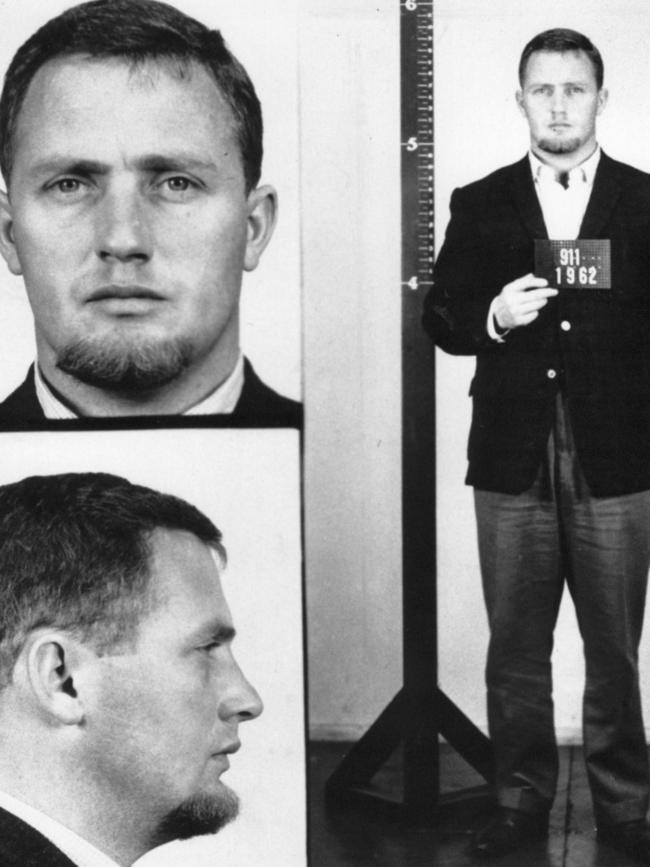
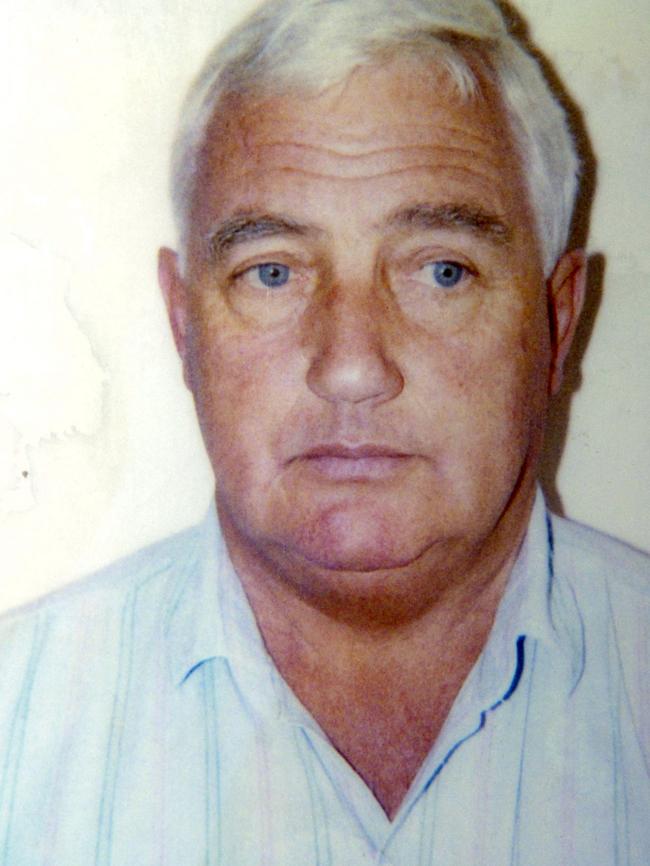
It was, of course, the era when corrupt homicide detectives like Jack Ford, Jack Matthews and Martin Jacobson were too busy counting cash from abortion rackets. They had little time for complex murder inquiries, which might explain why they lost track of Glover when he moved. Again, he became someone else’s problem.
Glover, a pie salesman, was not arrested until 1990 after murdering six elderly women on Sydney’s north shore in a few months. The man they called “the granny killer” was suspected of at least seven other murders but kept his silence before hanging himself in Lithgow Prison in 2005.
READ MORE:
JOCKEY DISHES DIRT ON UNDERWORLD
INSIDE HIDE-OUT OF AUSTRALIA’S MOST WANTED
Modern-day gangsters
Serial killers and sex offenders are not ideal Australian citizen material but they aren’t the only ones. Organised crime figures have been let set up their corrupt and deadly operations in Australia since the 1920s.
One example of far too many is Italian gunman Francesco “Blondie” Madafferi. He’s the gangster who got a spouse visa in 2005 from then immigration minister Amanda Vanstone.
Handy things, spouse visas. And apparently easy to get., judging from the case of lifetime criminal Nik “the Bulgarian” Radev, the drug dealer shot dead by a Carl Williams hitman in the gangland war.

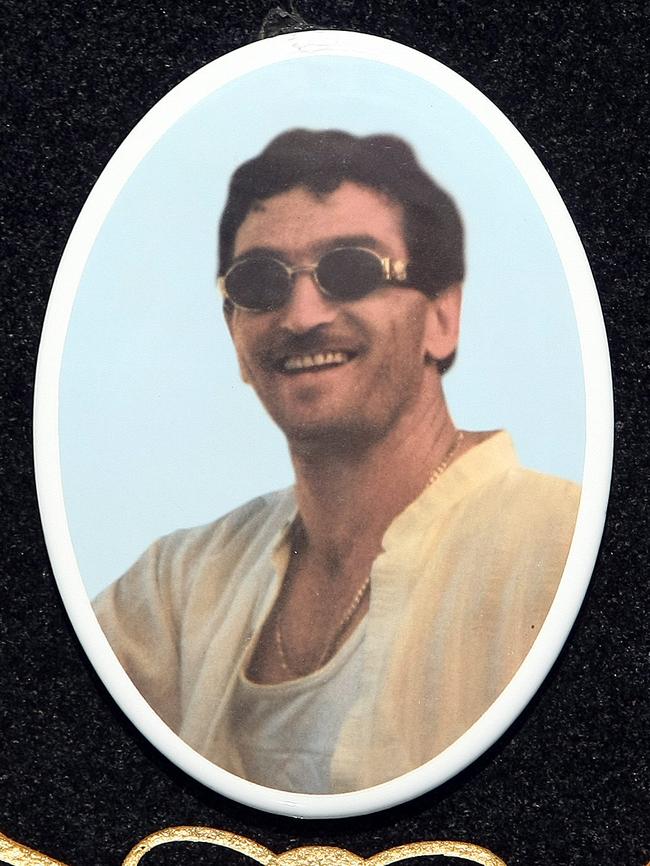
Radev gamed the migration system to stay in Australia, paying an Eastern European hairdresser in Melbourne whose business was a front for organising marriages of convenience.
The hairdresser introduced Radev to a naive Italian Austr usersalian girl, then 17. He raped her, knowing her Calabrian parents would insist on marriage.
That’s how Radev switched his life of crime from Bulgaria to Brighton, terrorising his “bride” and their children until he died the way he had lived: violently.
How much better it would have been if the authorities had blocked him at the gate. Perhaps now that Customs is renamed Border Force they will do it better. But it’s not the way to bet.


